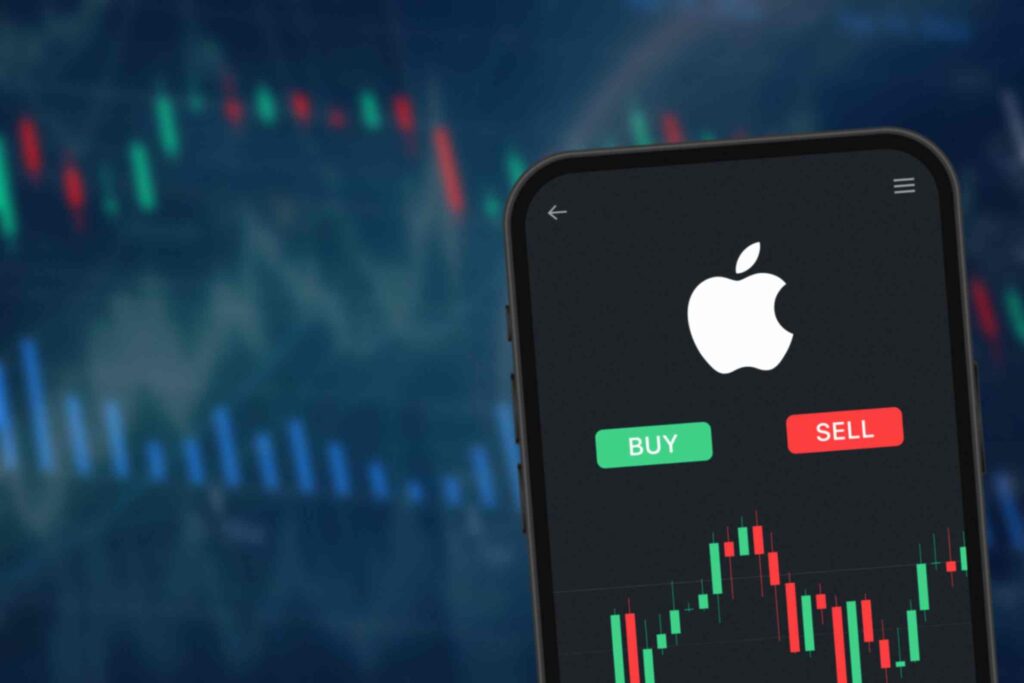With Apple’s (NASDAQ: AAPL) latest smartphone series showing a mixed reception among consumers, analysts are leveraging this trend to predict how the company’s stock might trade.
In the latest outlook, Jefferies analyst Edison Lee pointed out that expectations around the iPhone 16 might be ‘too high,’ leading him to downgrade AAPL from ‘Buy’ to ‘Hold’ with a price target of $219.92, as stated in an investor note on October 7.
The analyst emphasized that current expectations for the iPhone 16 and iPhone 17 are overly optimistic, noting that a lack of significant new features and limited artificial intelligence (AI) capabilities could result in underwhelming demand.
To this end, Jefferies suggested that iPhone 16 sales could stagnate, projecting a modest 2.5% growth in the device’s lifecycle volume.
While Jefferies remains bullish on Apple’s long-term AI potential, forecasting 490 million AI-capable iPhones by late 2026, Lee argued that the current 33x FY24E price-to-earnings (PE) ratio—close to Apple’s all-time high—suggests limited short-term upside.
“We like Apple Intelligence long term, as Apple is the only hardware-software integrated player that can leverage proprietary data to offer low-cost, personalized AI services. However, smartphone hardware needs rework before being capable of serious AI, likely by 2026/27. High expectations for iPhone 16/17 are premature. <…> Assume coverage and downgrade to HOLD,” Lee said.
The expert noted that substantial smartphone advancements are likely a few years away, with AI-ready devices expected by 2026 or 2027. He anticipates the iPhone 17 in 2025 may drive more upgrades.
Lee also acknowledged Apple’s strategic partnership with Taiwan Semiconductor Manufacturing Company (NYSE: TSM), granting it a long-term advantage over Android competitors in AI. However, he warned that the near-term valuation appears stretched, particularly as Apple’s growth is projected to slow.
Concerns around iPhone 16 consumer demand
Indeed, in the first week of the iPhone 16 series rollout, disappointing pre-order numbers led to a slowdown in AAPL’s share price. However, the Jefferies downgrade coincides with new data indicating that iPhone 16 lead times are stabilizing, suggesting supply is catching up with demand as of September 30.
Overall, the lackluster performance of iPhone 16 demand has influenced most analysts’ outlook for AAPL. In this context, Atif Malik from Citi (NYSE: C) reaffirmed the stock’s ‘Buy’ rating in an October 1 note, setting a price target of $255. This outlook emerged despite the bank lowering its iPhone unit forecast for the September and December quarters by two million units each, with sales expected to reach 83 million units by the end of 2024.
Evercore ISI, on the other hand, maintained its ‘Outperform’ rating on AAPL with a $250 target, citing shorter iPhone 16 delivery windows as a confidence booster. Goldman Sachs (NYSE: GS) raised its target to $276, highlighting Apple’s hardware and AI investments as potential growth drivers for 2025 and 2026.
Concerns around the iPhone 16’s impact on the stock increased after Barclays analysts noted that the technology giant might have reduced production figures by three million units. The news further fueled questions about demand for the company’s latest smartphone model.
Amid the mixed outlook around the iPhone 16, Apple investors are hopeful that upcoming upgrades and releases will spur confidence. In particular, the company is reportedly set to unveil iOS 18.1 and its new Apple Intelligence feature on October 28. The announcement will also include the possible rollout of new Macs and a refreshed iPad mini, deviating from its typical annual update cycle.
What next for AAPL stock
As it stands, AAPL’s share price is trading in line with the general market. At the close of the October 4 trading session, the stock was valued at $226, up 0.50% for the day. On the weekly chart, the equity is down over 1%. Amid the Jefferies downgrade, the stock is showing weakness in pre-market trading, down 1.4%.

From a technical perspective, an analysis shared by an analyst with the pseudonym Zakayonoel37 on October 6 suggested that Apple could be poised for a bullish reversal. AAPL’ss 30-minute chart shows a potentially bullish pattern, which indicates the stock could rebound if it holds above the $215 support level. A breakout above $230 could drive momentum toward $240.

In conclusion, Apple’s current stock performance and future outlook are heavily influenced by the mixed reception of the iPhone 16 series and the overall strategic direction in artificial intelligence. Therefore, Apple’s ability to navigate slowing smartphone demand will likely determine its trajectory in the coming months.









